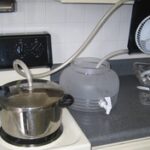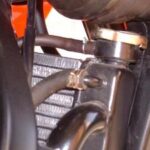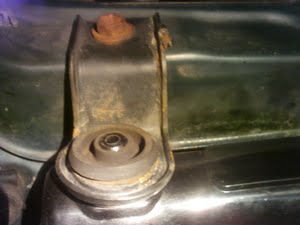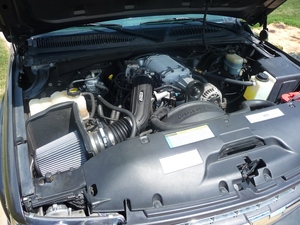Owning an automobile brings many responsibilities. One of those responsibilities is knowing how to maintain your automobile. There are various components in an automobile engine. Each of these components plays a very important role in the overall function of the automobile. One of these components includes the radiator in your automobile. The main function of a radiator in your automobile is to keep the entire engine cool while the vehicle is in use. Without the radiator, the engine would quickly get too hot. A hot engine can result in many devastating effects, including an engine that is incapable of functioning. Here, you will discover simple steps to radiator replacement in your automobile.
Before you can effectively replace a radiator in your automobile, you must understand the cooling system of the vehicle. There are many parts to the cooling system of an automobile outside of the radiator. However, the radiator is one of the main components. The next main component is the fan. Other parts of the cooling system include the coolant that is placed in the radiator, and the hoses that aid in the circulation of the coolant throughout the engine.
When it comes time for you to replace the radiator in your automobile, you can choose to take the automobile to a professional, or you can do the job yourself. In order to save money, you may want to perform the radiator replacement in your automobile yourself. If you have a basic working knowledge when it comes to the various components under the hood of your automobile, you should be able to perform this task with ease. However, if you are not comfortable with this aspect of your automobile, it may be best to hire outside help.
If you are going to replace the radiator in your automobile, you should dedicate at least three hours to the task. However, this first time that this writer changed a radiator, it took less than an hour. Before beginning the project of radiator replacement in your automobile, you will want to gather all of the necessary tools and replacement parts that are required. You will need a wrench, a flat tip screwdriver, a bucket to drain the radiator fluid into, new hoses and clamps if deemed necessary and new fluid that can go into the radiator once it is replaced.
1) The first simple step to radiator replacement in your automobile is to disconnect the battery from the cables that are attached to the motor. It is important that you do this because while you are working on the radiator, the fan may start, or you may receive an electric shock.
2) The next step to radiator replacement in your automobile is removing the radiator fluid from the bottom of the radiator. For information on how to do this properly, click here.
3) Once you remove the radiator fluid, you can then begin the process of removing the radiator from the automobile. The first thing that you should do is to disconnect all of the wires that are connected to the radiator fan. Once the radiator fan is disconnected, you can then remove the fan and any casing that holds the radiator fan from the automobile.
4) Once the fan is removed, you can then start to unbolt the hose that connects the radiator to the transmission.
5) Once you perform this simple step in radiator replacement in your automobile, you should take a look at all the hoses that connect to the radiator. Often, it is a good idea to replace the hoses that connect to the radiator at the same time you perform the radiator replacement.
6) You should continue to remove the hoses, clamps, and all other items that are connected to the radiator.
7) Once all pieces of the radiator are removed, you then simply pull the radiator in an upright position from the vehicle.
8) You should then take the new radiator and place it in the appropriate space. Once it is properly aligned, you should then place all the screws in it to hold it in place.
9) Once this step is performed, you should then reattach the line that runs from the radiator to the transmission.
10) All hoses should then be attached to the new radiator, ensuring that all of the clamps are securely fastened.
11) The fan can then be attached to the radiator, and all electrical wires can be reconnected to the appropriate location.
12) You should then make sure that the radiator is filled with the appropriate fluid.
13) Once all of these steps are completed, you should then reconnect the battery and allow the battery to idle for a few minutes to ensure that the fluid is properly distributed throughout the engine. You should also ensure that there are no leaks that occur at this point.






